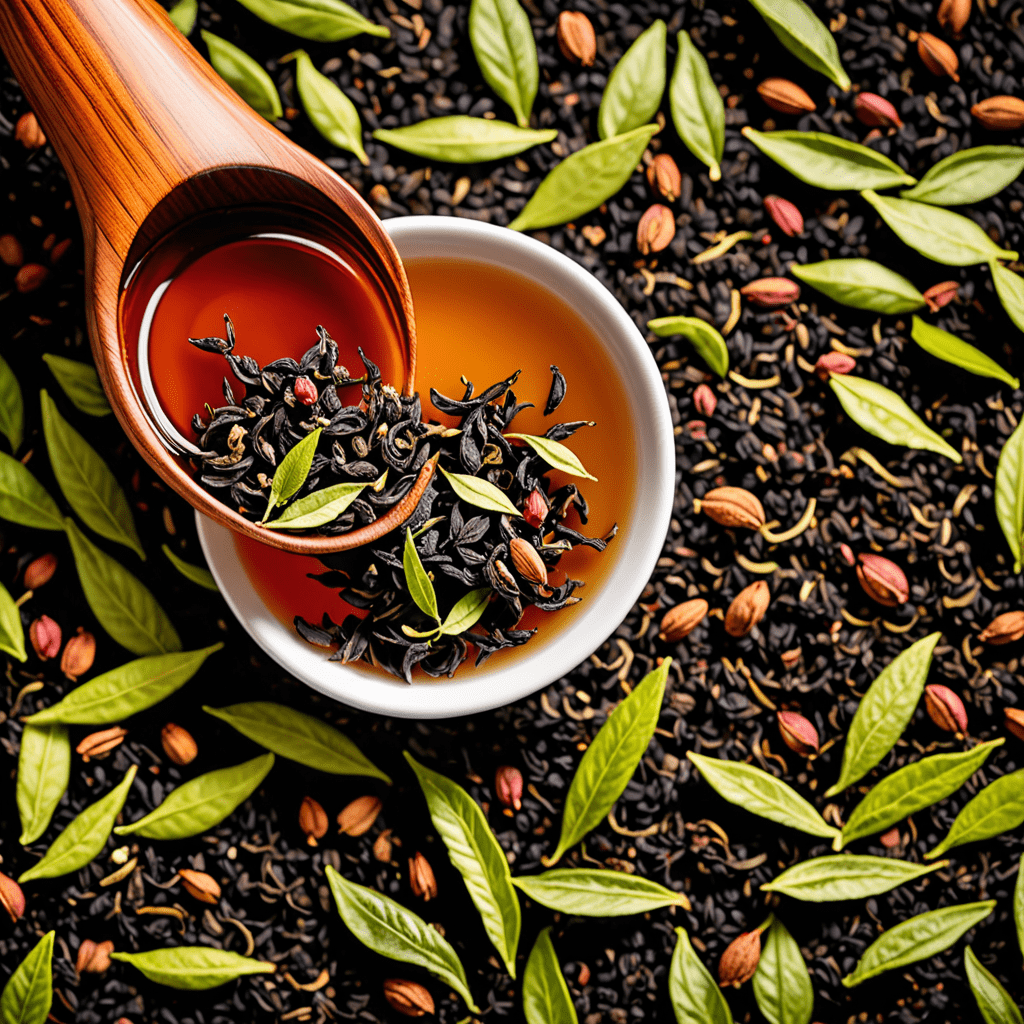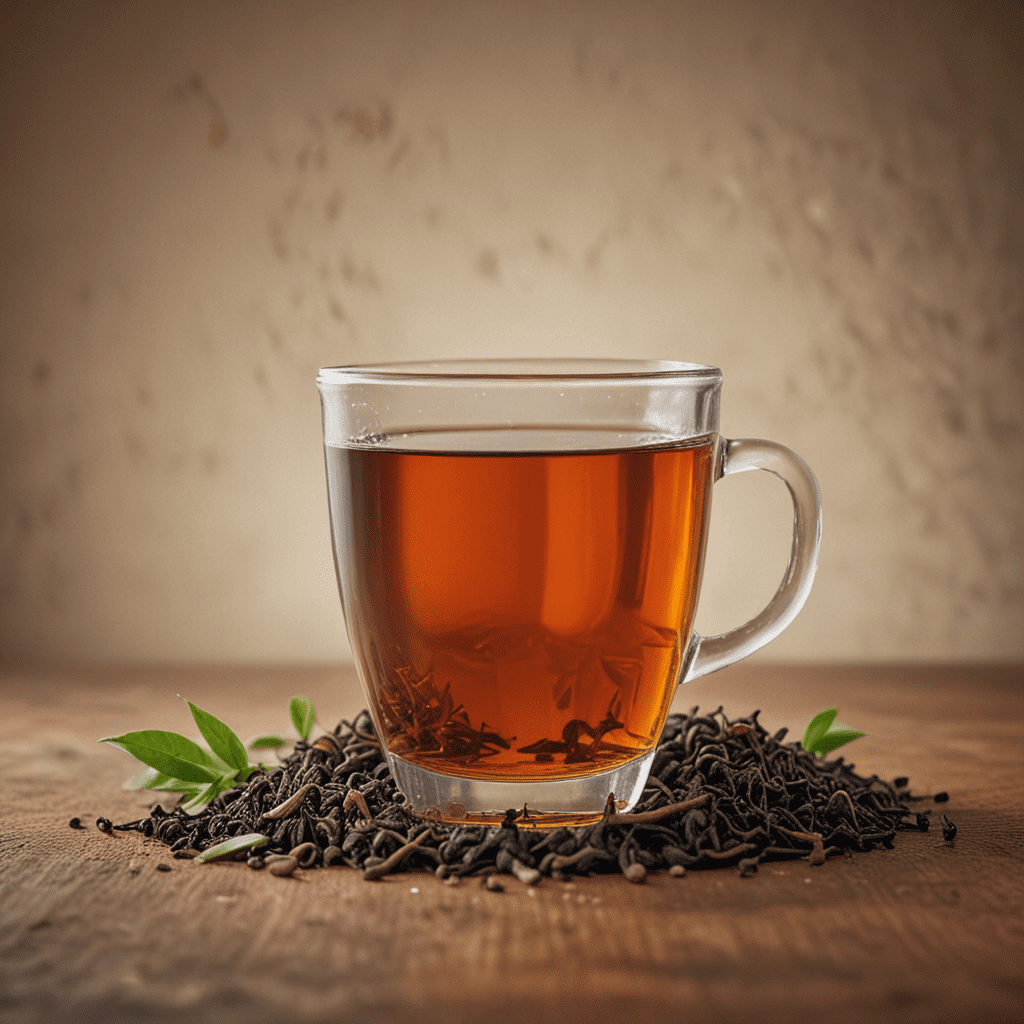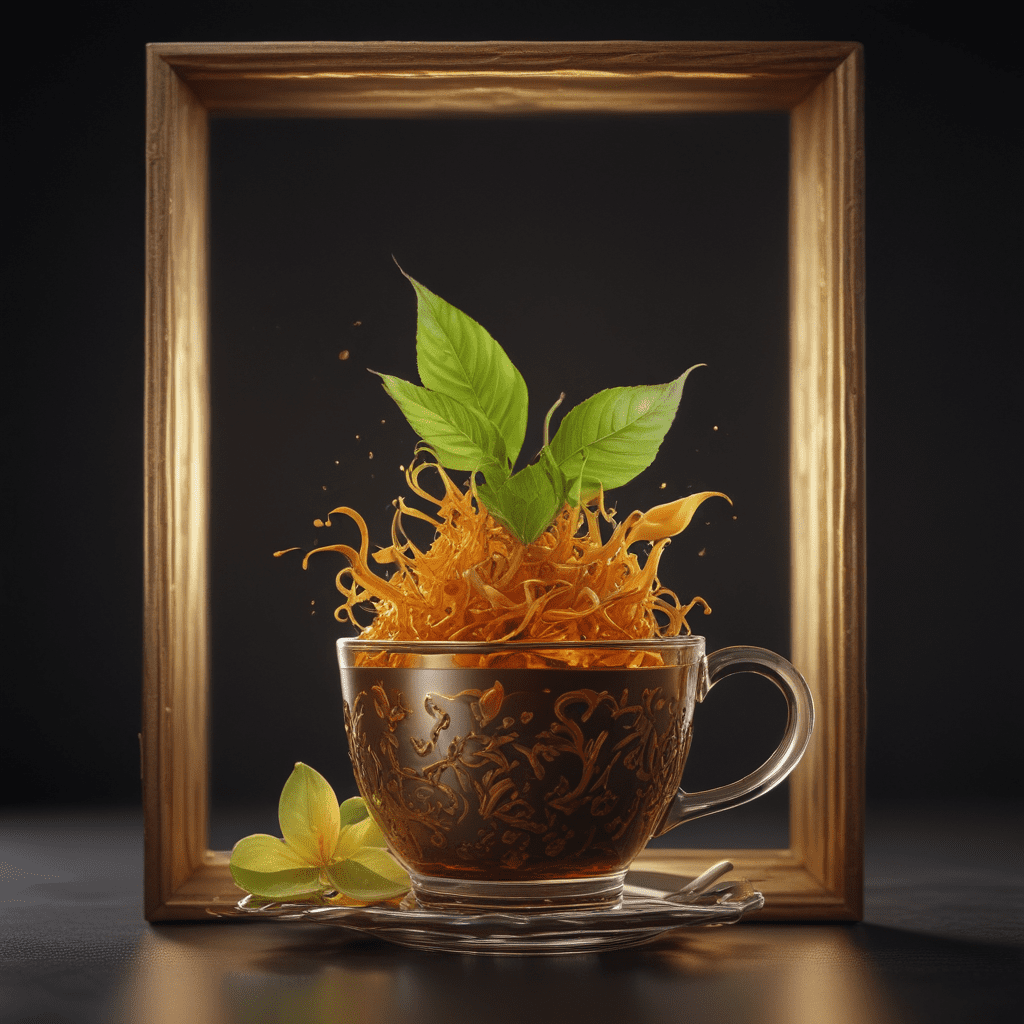Introduction: Exploring the Enchanting World of Assam Tea
In the verdant embrace of northeastern India, where the Brahmaputra River meanders through lush valleys, lies the birthplace of a legendary tea – Assam Tea. Renowned for its robust flavor, malty notes, and invigorating aroma, Assam Tea is an exquisite brew that has captivated tea enthusiasts worldwide. This article delves into the captivating world of Assam Tea, uncovering its unique terroir, traditional cultivation practices, and the artistry behind its production.
Assam's Unique Terroir: A Symphony of Soil, Climate, and Tradition
Assam's exceptional tea is a testament to its unique terroir – a harmonious blend of soil, climate, and centuries-old tea-growing traditions. The Brahmaputra Valley, where Assam Tea is primarily cultivated, boasts a rich alluvial soil that provides ample nutrients for the tea bushes to thrive. The region's subtropical climate, characterized by abundant rainfall and ample sunshine, fosters optimal growth conditions, allowing the tea plants to produce an abundance of high-quality leaves. Moreover, generations of tea cultivators in Assam have honed their skills, passing down traditional techniques that ensure the preservation of the tea's distinctive character.
Cultivating Excellence: The Art of Growing Assam Tea
The cultivation of Assam Tea is a meticulous art that requires extensive knowledge and dedication. Tea bushes, known as Camellia sinensis var. assamica, are carefully planted in well-drained soil and provided with ample shade to protect them from the harsh sun. As the bushes mature, they are pruned to encourage the growth of new shoots, which will eventually yield the prized tea leaves. Throughout the growing season, the tea plants receive regular care, including fertilization, pest control, and irrigation, ensuring their optimal health and productivity.
Harvesting the Treasure: From Bush to Basket
When the tea leaves reach their peak maturity, the delicate harvest commences. Skilled tea pluckers meticulously handpick the two youngest leaves and a bud from each shoot, known as the "two leaves and a bud" pluck. This selective harvesting ensures the production of high-grade tea leaves with optimal flavor and aroma. The freshly plucked leaves are carefully placed in baskets and transported to the factory for processing, where the transformation into the beloved Assam Tea begins.
The Art of Withering: Setting the Stage for Oxidation
The first step in the processing of Assam Tea is withering. The freshly harvested leaves are spread out in a thin layer on large racks or trays and allowed to wither naturally in controlled conditions of air and temperature. During this process, the leaves lose moisture, becoming pliable and slightly translucent. Withering initiates the oxidation process, a crucial step in the development of Assam Tea's characteristic black tea character.
Oxidation: The Alchemy of Black Tea
With the process of withering setting the stage, Assam Tea is now ready to undergo oxidation. Oxidation is a crucial chemical reaction that gives black tea its distinctive dark color and complex flavors. The withered leaves are spread out on wooden trays or in a machine to facilitate air circulation. As the leaves come into contact with oxygen, enzymes within the leaves break down the chlorophyll and other compounds, leading to the development of the characteristic black tea flavor profile. The duration and temperature of oxidation are carefully controlled to achieve the desired level of oxidation, resulting in the unique malty and full-bodied character of Assam Tea.
Drying and Grading: Ensuring Consistency and Quality
Once oxidation has reached its optimal level, the tea leaves are dried to halt the oxidation process and remove excess moisture. The leaves are spread out in a thin layer on mesh trays and subjected to hot air in a drying machine. This process reduces the moisture content of the leaves to around 3-5%, making them brittle and easier to handle. After drying, the tea leaves are graded according to their size, shape, and color. Grading ensures consistency in the quality and appearance of Assam Tea, with each grade catering to different market preferences.
Aromatic Delights: Exploring the Varied Flavors of Assam Tea
Assam Tea is renowned for its rich and diverse flavor profile, varying from bold and malty to bright and floral. The unique terroir and traditional processing methods impart a wide range of aromatic compounds to Assam Tea. From earthy notes to hints of chocolate and spice, each cup offers a distinctive sensory experience. Some notable Assam Tea varieties include:
- Upper Assam: Known for its robust and malty character, with hints of chocolate and spice.
- Lower Assam: A lighter and brighter tea, with a floral aroma and a delicate sweetness.
- CTC (Cut, Tear, and Curl): A bolder and more intense variety, produced by a mechanical processing method that results in smaller, tightly rolled leaves.
Assam Tea: A Cultural Legacy and a Global Delight
Assam Tea has played a significant role in the cultural and economic fabric of Assam for centuries. The tea industry has shaped the region's landscape, with vast tea estates contributing to the livelihoods of countless communities. Assam Tea is not just a beverage; it's a source of pride for the people of Assam and a symbol of their rich cultural heritage.
Today, Assam Tea is celebrated globally as a premium black tea. Its distinctive flavor and aroma have won the hearts of tea enthusiasts worldwide. From traditional tea houses to modern cafes, Assam Tea continues to be a beloved choice, offering a unique and unforgettable taste experience.
Conclusion: Assam Tea – A Timeless Heritage of Authenticity
Assam Tea is a testament to the harmonious blend of nature, tradition, and human ingenuity. From its unique terroir to its meticulous processing methods, every aspect of Assam Tea production is carefully orchestrated to preserve its authenticity and exceptional quality. As a timeless heritage, Assam Tea continues to captivate tea lovers around the world with its robust flavor, aromatic delights, and rich cultural legacy. Its enduring popularity is a testament to the artistry and dedication of the tea makers of Assam, who have preserved this cherished beverage for generations to come.
Frequently Asked Questions (FAQs)
What is the ideal brewing method for Assam Tea?
Assam Tea can be brewed using various methods, including the traditional teapot method or using a tea bag. The ideal brewing time ranges from 3 to 5 minutes, depending on the desired strength.How can I identify high-quality Assam Tea?
Look for tea leaves that are dark and twisted, with minimal breakage. The leaves should have a bright and lively appearance, indicating freshness.What is the difference between CTC and orthodox Assam Tea?
CTC (Cut, Tear, and Curl) Assam Tea is produced using a mechanical processing method that results in smaller, tightly rolled leaves. Orthodox Assam Tea, on the other hand, is processed using traditional methods that involve hand-rolling the leaves, resulting in a more loose and open leaf structure.
How can I store Assam Tea?
Assam Tea should be stored in an airtight container in a cool, dry place away from direct sunlight. This will preserve its freshness and flavor for an extended period.What are some popular uses of Assam Tea?
Assam Tea is versatile and can be enjoyed on its own or blended with other teas to create unique flavor combinations. It is also commonly used in tea lattes, iced tea, and other tea-based beverages.


